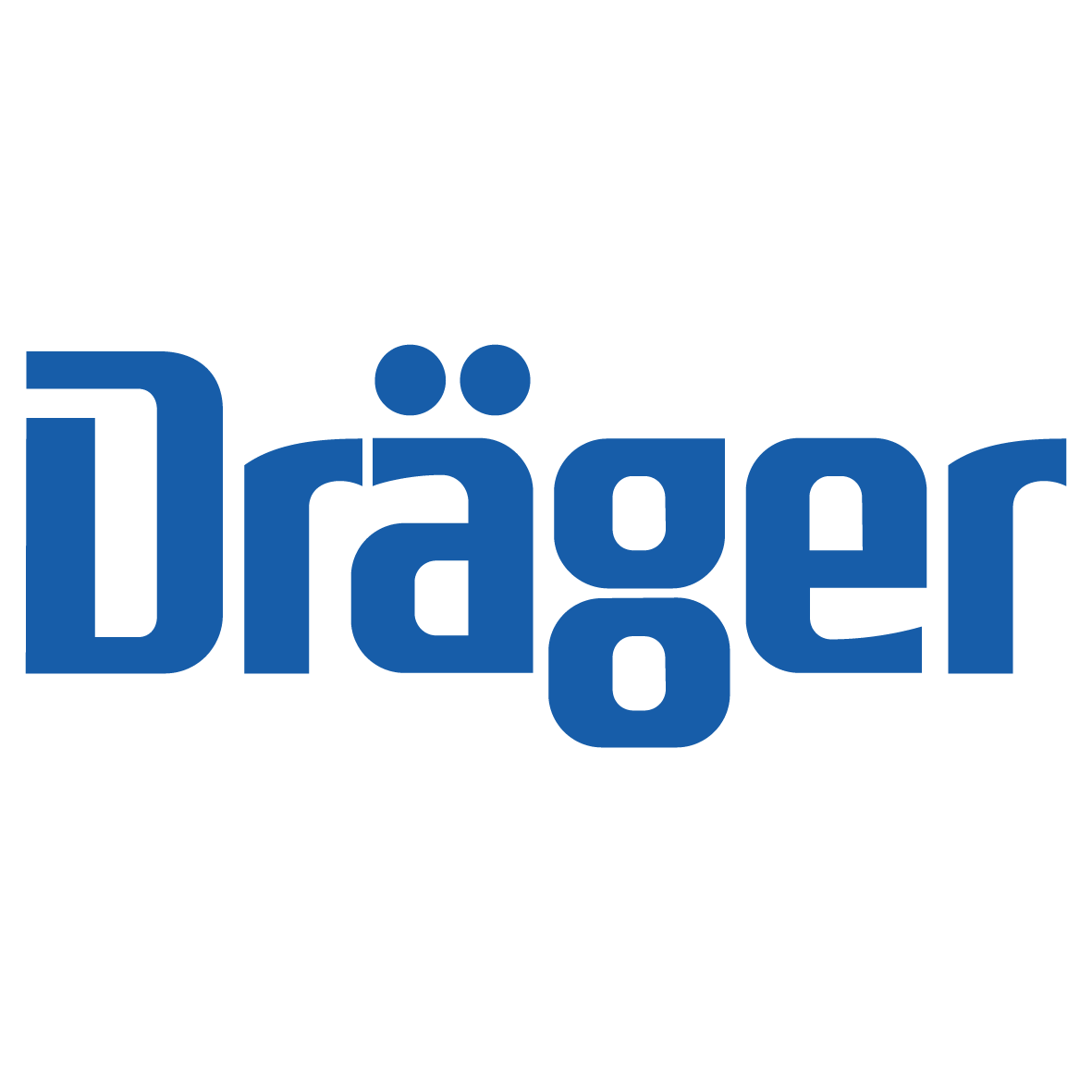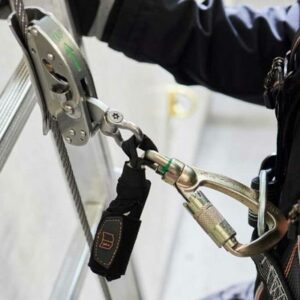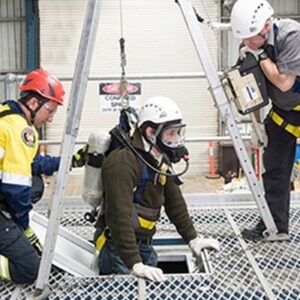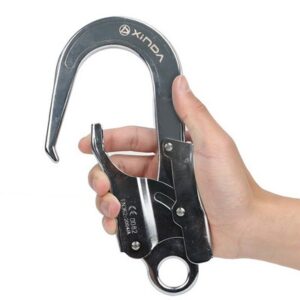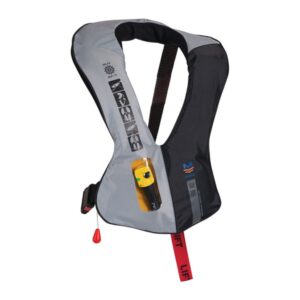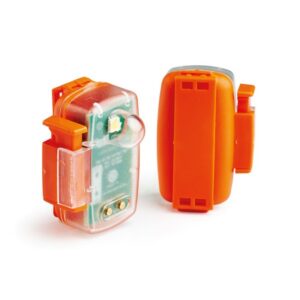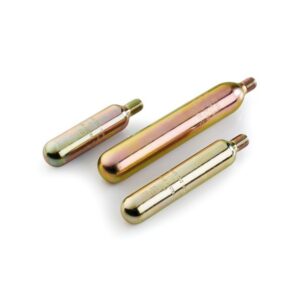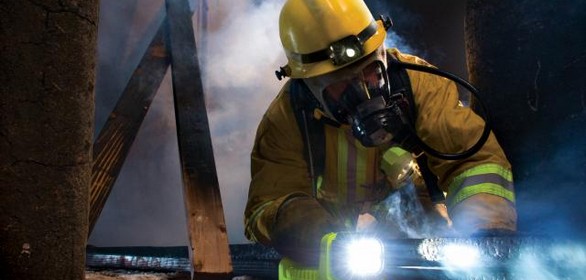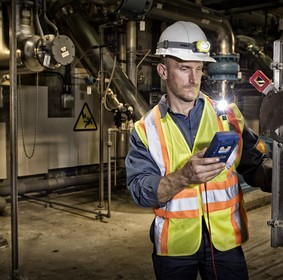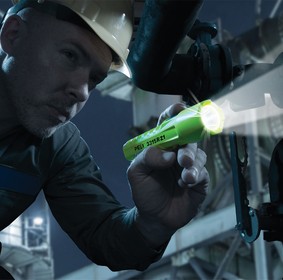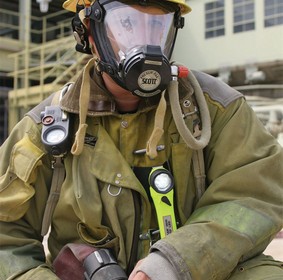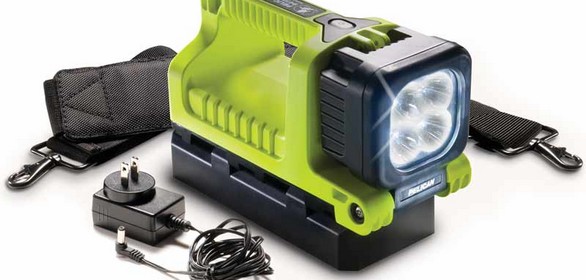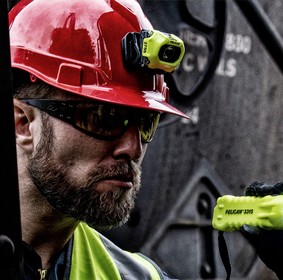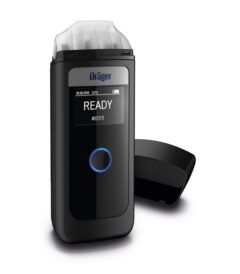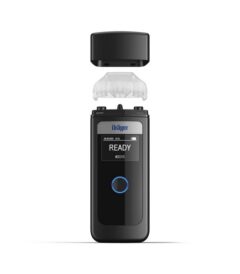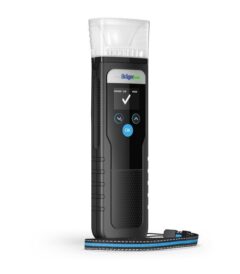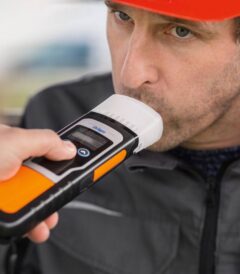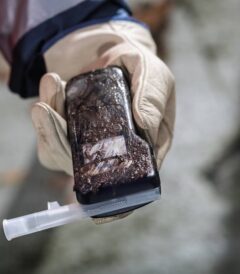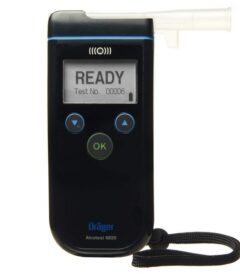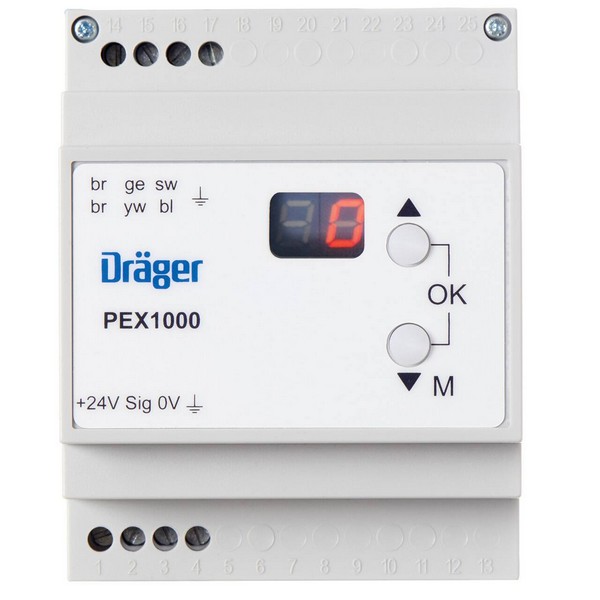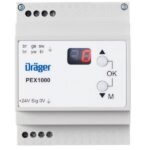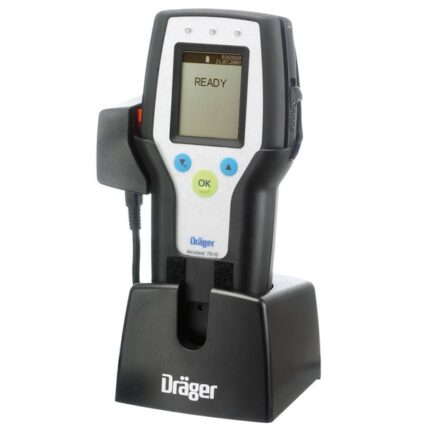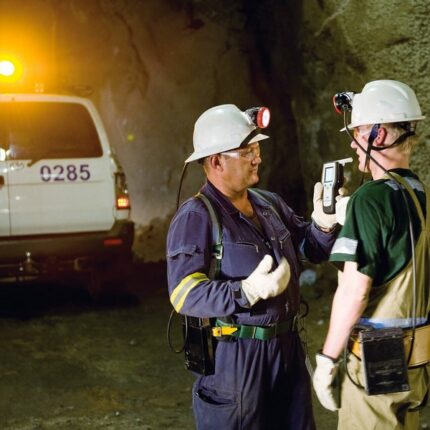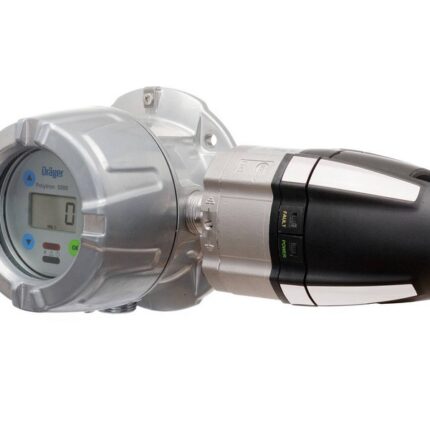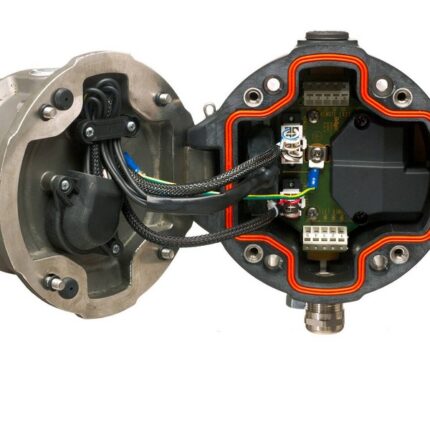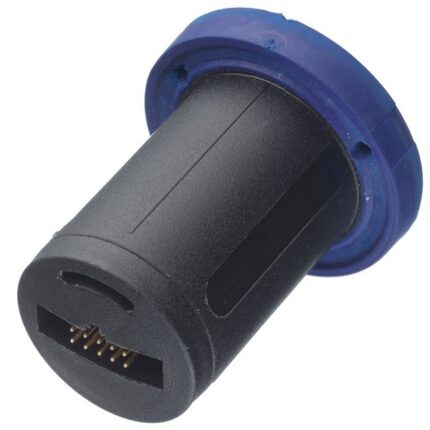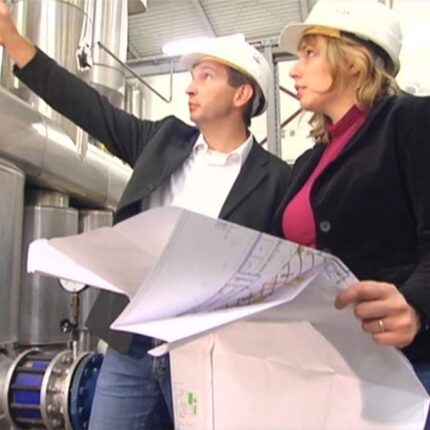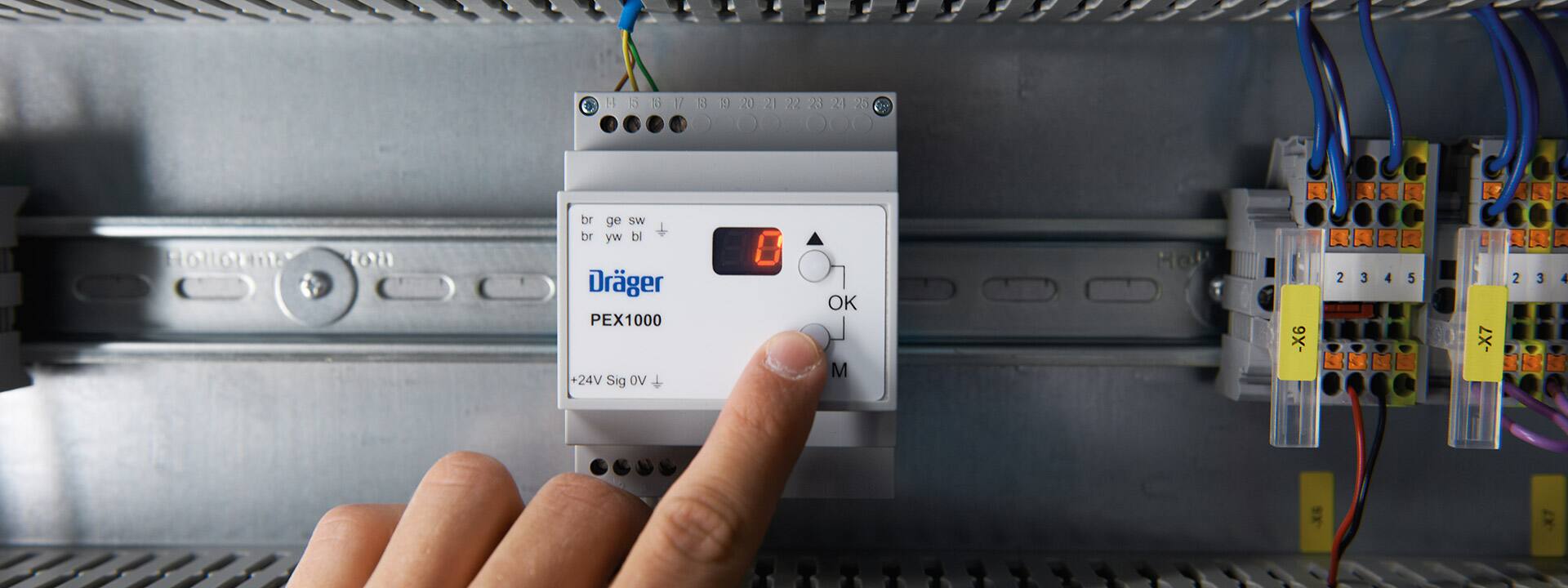
Dräger PEX 1000
Benefits
The monitoring team
The Dräger PEX 1000 establishes the link between the Polytron SE Ex DQ sensing heads and a control unit. These sensing heads are installed in a hazardous area, which is then monitored for hydrocarbon concentrations. Their measured data is transmitted as mV signals to the PEX 1000, which is placed outside the hazardous zone. Here, the measured data is converted into standardized mA signals and transferred to the control unit (e.g. Dräger REGARD 2410). If limits are exceeded, the control unit activates suitable countermeasures such as ventilation.
Quickly ready for action
A three-core cable connects the PEX 1000 with the control unit and the Polytron SE Ex DQ. The cable length covers a wide range of up to 500 meters. The PEX 1000 can also easily be integrated or upgraded into existing installations and gas warning systems.
Easy to use
The PEX 1000 is very user-friendly and easy to handle. Maintenance and calibration are adjusted directly on the device with just two buttons and two-digit digital display.
Metrological functionality test
While the secondary explosion protection reduces the risks, the primary explosion protection actively prevents the formation of explosive atmospheres. Together with the Polytron SE Ex DQ and a control unit like the Dräger REGARD 2410, the PEX 1000 fulfils all conditions for primary explosion protection and is tested to EN 60 079-29-1.
Downloads
PEX 1000 Product Information, en
The Dräger PEX 1000 is a converter module that converts the mV signals of the Dräger Polytron® SE Ex DQ sensing heads into mA signals and sends them to a control unit like the Dräger REGARD® 2410. Together with the Dräger Polytron® SE Ex DQ, the PEX 1000 fulfils the conditions set down for primary explosion protection.
IFU PEX 1000 9033445 ME
These instructions for use are provided for informational purposes only. Please always read and comply with the instructions for use delivered with the product.

